
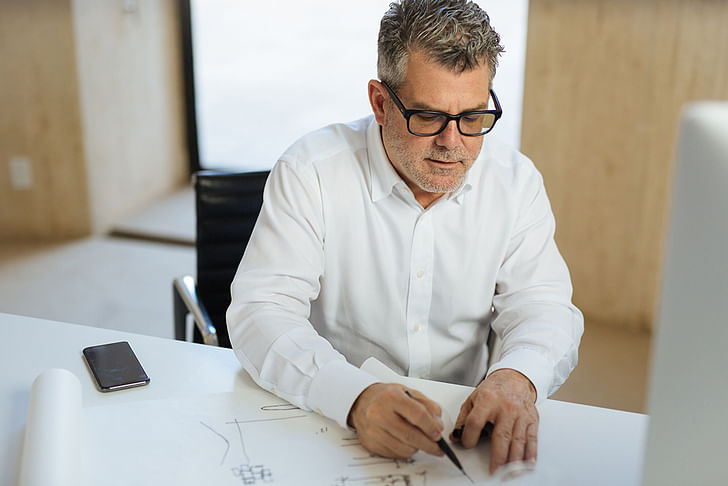
Archinect first connected with Trey Trahan back in 2008 for an enlightening interview about architecture, design, and the origins of his practice, Trahan Architects. Perhaps one of the most intriguing things about Trey are his inherent polymathic qualities. He is a true modern renaissance man. While the design leader has reached undoubted success in the architecture industry, he has also developed a deep and profound relationship with art, drawing inspiration from his personal collection in many areas of his business and architectural work.
Business is a craft for Trey, something to be mastered and thoughtfully practiced. There is a holistic approach to life, with service to people and the community as the focus, and architecture, business, leadership, and art as vehicles to facilitate that service. Here 12 years after our first meeting, we connect with the architect again, for a discussion about leadership, creative philosophy, art, the recent pandemic, and architecture’s more profound implications in the broader community.
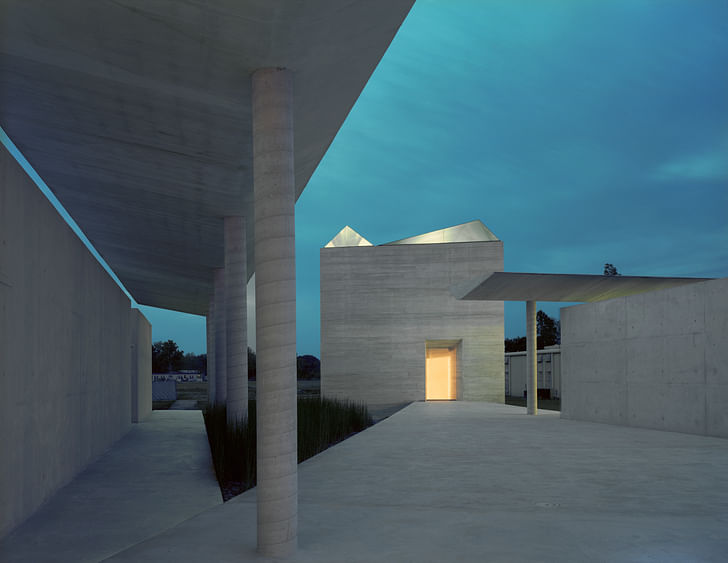
What do you love most about architecture?
There are a number of things. One is that if you choose to as an architect, you can contribute to the common good of all. Architecture, in my mind, can promote peace and kindness, and an attitude of humanity. But additionally, what I find enjoyable is that it's like any journey, and involves the acquisition of knowledge that is gained during the journey, not only about other building systems and building typologies, but human beings, families, human behavior, and the impact that physical space can have on contributing to kindness.
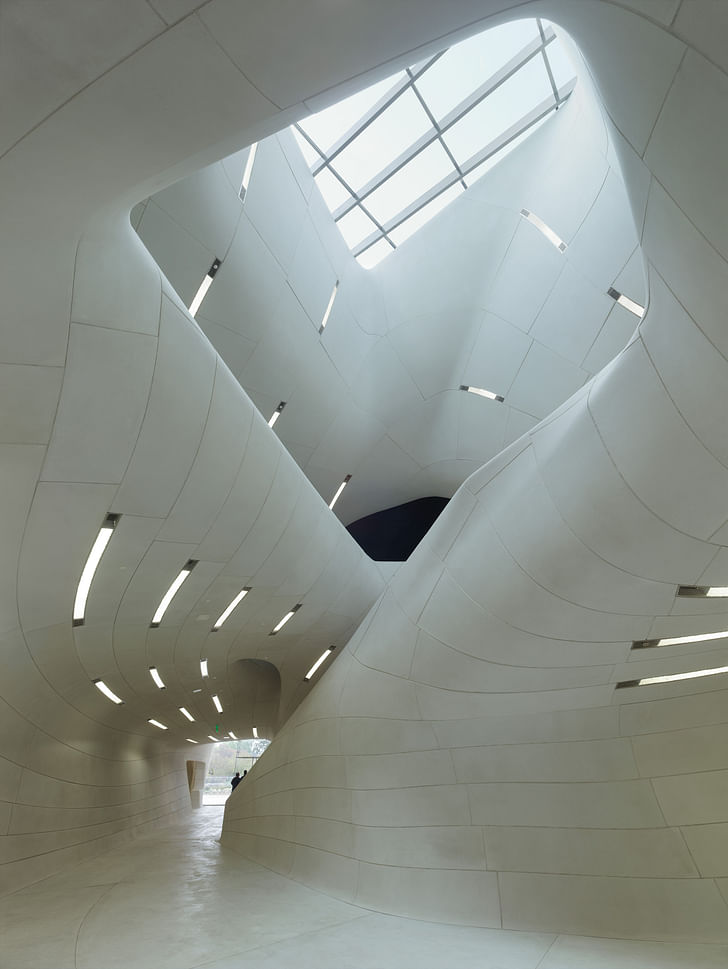
You started Trahan Architects in 1992. If you could go back in time, what advice would you give your younger self?
At times I've gotten caught up in the details, or seeing things from a micro-perspective. The older I get, I become more firm in needing to see everything from a perspective of both micro and macro. And I think this is significant as it contextually affects the way we approach architecture, not only from a design perspective, but a financial perspective, and a humanistic perspective.
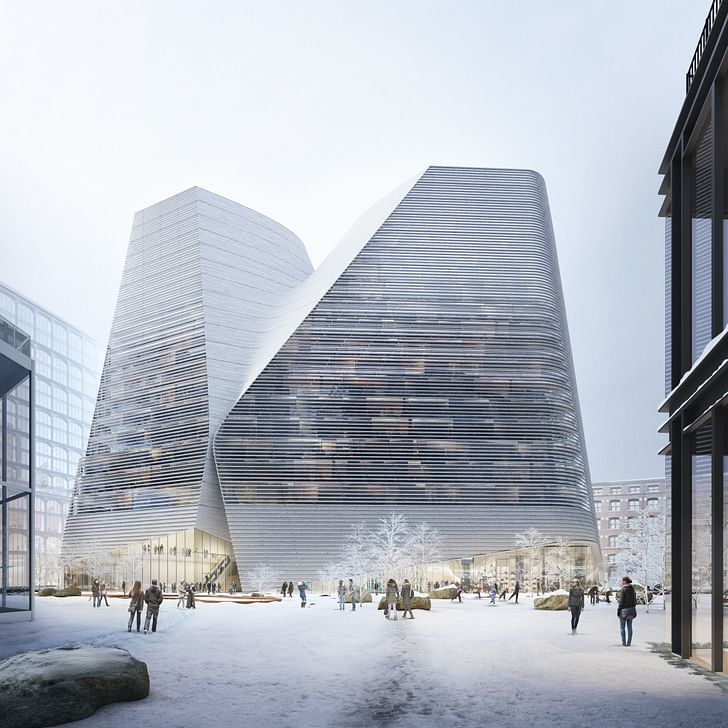
What has been your biggest lesson as a design and business leader in the last decade?
That if you balance your practice with a variety of different building typologies and project sizes, that the financial benefits of the much larger projects can be used to contribute to the design aspirations of numerous other projects. And so in some ways, indirectly, some clients are contributing to the quality of the goodness of community because of the large projects they are embarking upon in their community. And that if an architect chooses, they don’t have to see them as independent silos that don't leverage each other. All projects benefit from various project sizes and various project typologies.

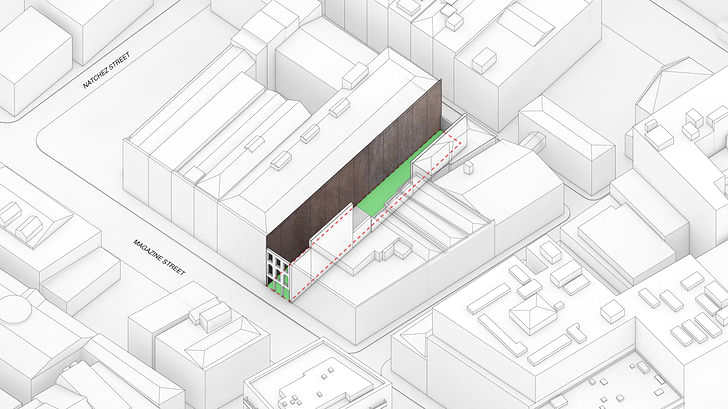
How about in the last several months, leading your team during this pandemic?
I think what I learned most is how quickly society can pivot in response to a common enemy. I think it's amazing, although at times it feels that we're moving rather slowly in response to this pandemic. The truth is society has pivoted rather quickly. I'm hopeful that level of aggressive pivoting can be brought to bear on many other issues that society struggles with or is dealing with, or has not reached a consensus on. One, for example, is climate change. Can we quickly pivot in response to the climatic issues we are dealing with and move towards enabling a trajectory that is far more responsible?
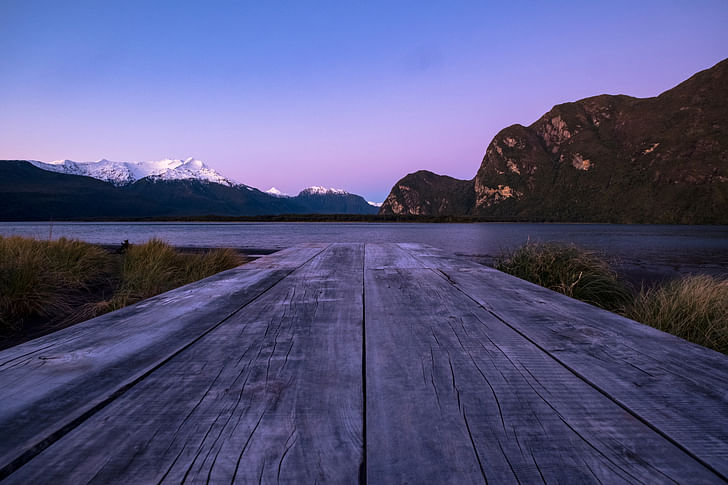
What direction do you see the profession moving amid the pandemic?
New Orleans in some way has always, because of climatic conditions, responded with degrees of outsidedness. And I think issues associated with health, whether it's outdoor conditions, breezes, outdoor air, touchless architecture, will all motivate architecture to rethink many aspects of architecture. But the one that's most exciting to me is degrees of outsidedness, in climates like New York as well. Historically, in many ways we've seen degrees of outsidedness dealt with in an additive way where the front porch feels additive. And I'm hopeful that the pandemic will bring about an architecture where degrees of outsidedness are more integral to massing in spaces that feel privileged early on in the design process and feel more internal and almost at times private, but at times, both private and public, and with degrees of that relationship being explored.
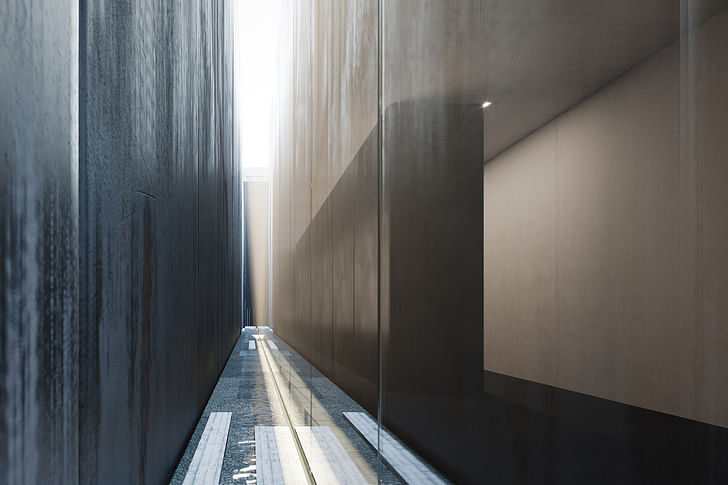
Tell me about your design focus on ecology. How does this influence your firm’s work?
I've grown to respect and appreciate that literally all of life matters, from human life in all races, genders and cultural backgrounds, but also life even microscopically. All life to me is interconnected and affects the quality of life at all scales. And so, I believe that a thorough understanding and appreciation for all of life is critical to the way we respond in our built work.
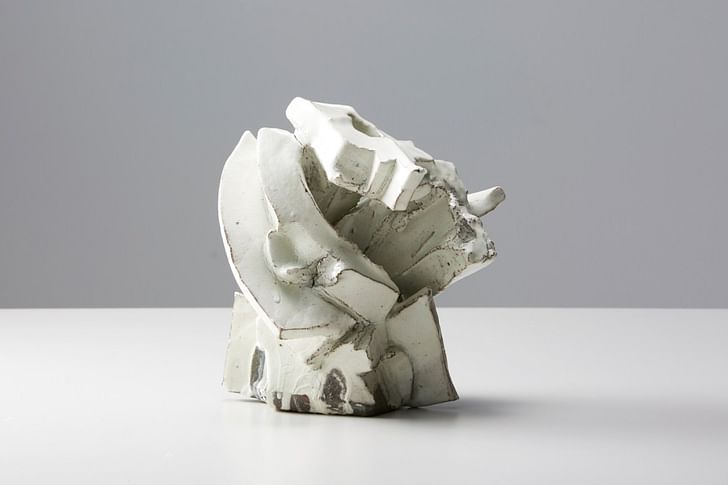
What are your thoughts on the importance of humility and leadership in architecture process?
I subscribe to the belief that relationships are about granting access to each other. And I feel that attitudes that are not of humility, especially in a leadership position, tend to diminish the openness and the safety that one feels in collaborating. Humility, to me, is the ability to have confidence in oneself and conviction, but to end almost each statement with a question mark, suggesting that I have firm beliefs, but that I am open and respectful of a level of engagement that reveals the appreciation for other world views and other people's perspectives.
I believe as a leader, especially a leader who has a few years beyond those of most of my colleagues in the firm, is that I bring some level of wisdom. And that wisdom should serve in some ways as the foundation to the firm and the trajectory of the firm, but never anchor it from creative evolution. I find that exciting, the act of choosing to embark upon journeys, where young youthful minds, although at times inexperienced, bring a level of energy and excitement and openness that can result in a thought process that is new and fresh and important to an ever-changing world.
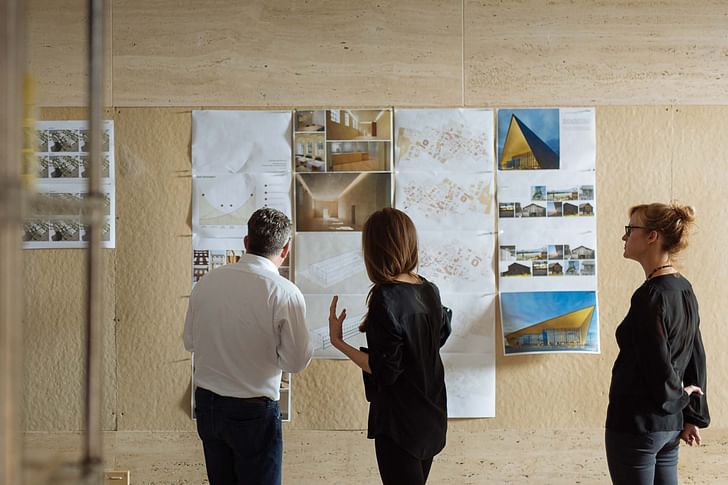
How do you see your role as a leader in relationship to your staff? What is your role to them?
Expanding the definition of beauty beyond mere physicality is extremely important to me. Beauty is much more – it is about ethics, humility, justice, kindness, and faith. I think expanding various definitions in the office, whether it's the definition of office culture or our exploration of beauty, is my role in leading the office, exploring much more than how we have traditionally viewed an architect. I think an architect today is as much a humanitarian, and should explore how a humanitarian contributes to quality of life issues. And then work those lessons back into architecture, as opposed to thinking about architecture and how it can have some overlay of humanitarian aspirations. At this point, I believe it is first being a humanitarian and thinking more from this perspective.
How is your firm planning to restructure the physical environment of your work environment to reduce potential contagion and to create a safe, cleaner office while also enabling face to face?
Our physical environments vary from city to city. Both our New York and New Orleans offices are open design concepts, allowing for distancing in the office, but our square footage varies. Beyond the office space itself, we are looking at the door-to-door safety of our employees. In both offices, employees are working from home until they feel comfortable and safe returning, keeping the capacity guidelines in place. The health and well-being of our team is of the utmost importance.
Additionally, as we all know, public transportation in New York City is the predominant mode of travel and many are concerned about the ability to distance on the subway and on buses. We are looking into how to safely bring our employees into the office in various ways, exploring options such as car services and bike shares. In New Orleans, we are now at a 50% office occupancy as allowed by officials, and have been able to reconnect and renew our existing relationships. Additionally, the commute to the New Orleans office is more simple with employees returning who were driving, biking, or walking prior to COVID-19. We see this as an opportunity to learn, adjust, and thrive while keeping our cherished employees safe.

Tell me about your philanthropic activities in Patagonia and Louisiana.
To me, ecology is at the core of our work and the natural environment. We've moved to procure sites where the protection of their natural ecology is of great importance. Preserving historical artifacts and ecologies for future generations is something we as a firm privilege and are part of the influences that affect the way we respond to natural environments with built works. We think about a project being less disconnected and more harmonious within the uniqueness of not only the physicality of place, but the culture of place. And at times, quite frankly, the past pains of place, and moving to a space where we are walking with those whose dignity has been violated in various ways.
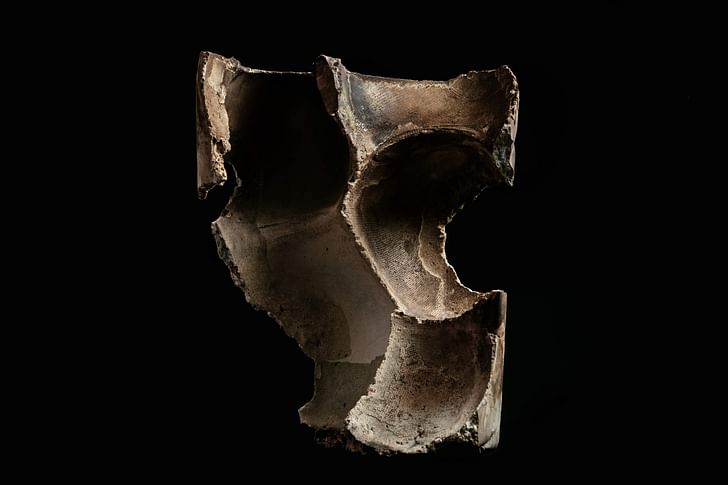
I understand you're also pursuing other philanthropic endeavors to address COVID.
I have made some personal donations to organizations supporting frontline workers and the firm has reached out to clients in the health field to see how we can help – whether through the donation of masks or to start a conversation about design changes they may need to the their facilities.
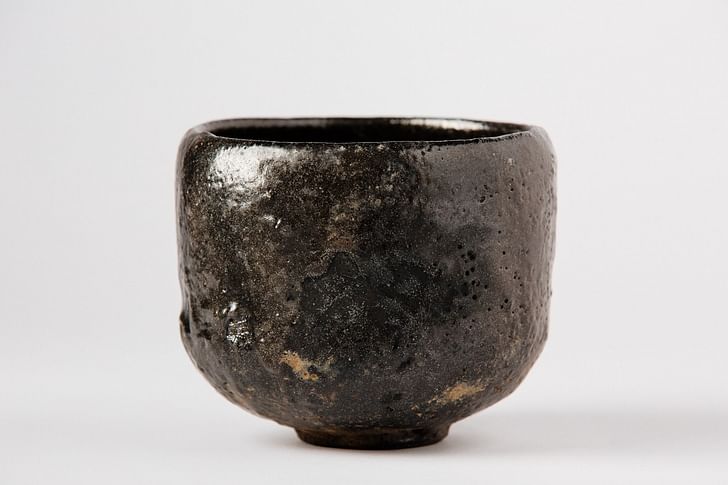
What do you think most architecture business leaders misunderstand about finances?
In my opinion, most architectural business leaders invest in a more singular approach. I think it's about investing in many, many things. Of course, we invest in design, but we should invest in our people, not only investing in our colleagues in the most direct way, specifically, how can they produce better architecture, but more importantly, how can they contribute to communities from the position of a human? Again, that humanitarian aspect of being an architect. What are other ways that our colleagues can contribute to many other aspects of life and community? And the beautiful thing of this is it's serving our clients. As people evolve, they learn more about quality of life issues and contribute differently and more meaningfully to the office and our projects. I think we should also invest more in ethics and how ethics and humility are important to any collaborative effort.
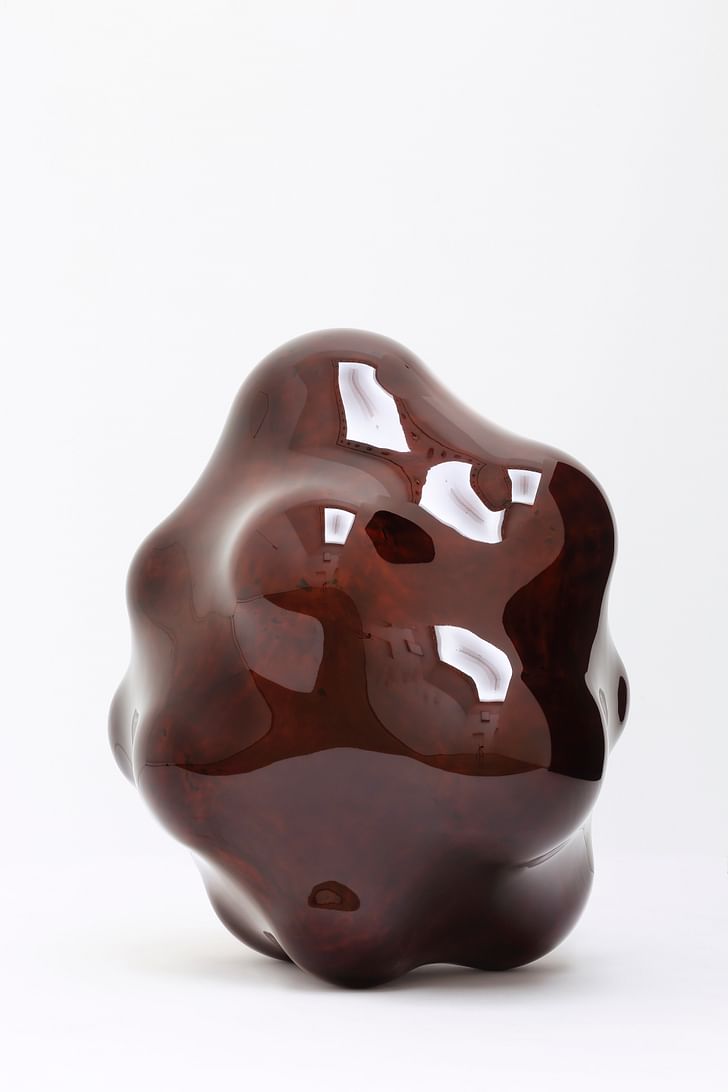
You have an intriguing relationship with art. Can you tell us more about your art?
I think at the core of the art is, from an architect side, materiality, a muted expression, craftsmanship that only the hand could make, and also materials that are about infinity, as it relates to time. They have the ability to age and patina and reveal the human touch. Where has the hand touched and picked up this piece over the past week, past year, the past decade, the past century, and how that affects its expression?
I’m interested in objects that have layers of complexity in their simplicity, in that over time they reveal something else. The tea bowl reveals its inner world, this inner sanctum, a spirituality to it. The Koji Hatakeyama bronze boxes are this inner pure world, and although we typically think of a box as something to possess something, that you put something in to retrieve, the emptiness of this box, like the tea bowl, is of great importance. You open it up and there's an inner world. The Genta Ishizuka lacquer pieces. Genta uses 20 and 30 layers of lacquer to create a luster and a level of reflectivity that is not about only the object, but a way about how the object reflects its context, and at times blurs the context bringing an abstraction.
Art challenges us to see the world, and each other, differently, but it also collides the context.
Art challenges us to see the world, and each other, differently, but it also collides the context. So there's a merging of context into overlapping views, or perspectives, challenging us to, maybe, see the world differently, to see each other differently, to not believe that the immediacy of seeing something is a way of fully understanding someone.
In that, it's the pursuit of humanity and a more humanitarian approach to life. Embedded in the art must be something that contributes to the way we see each other and see society. That is vastly important to me.
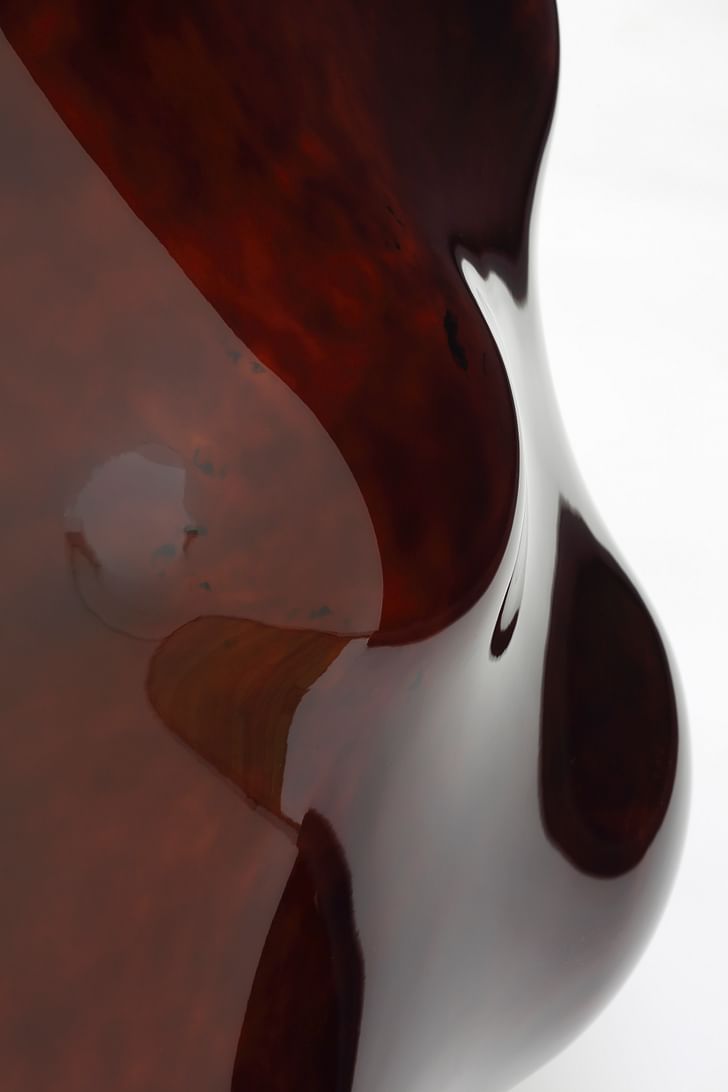
How do your artworks foster creativity and innovation?
The more I've explored and sought to develop a better understanding of ecology, I have become more interested in the unique soils of our planet and how the soils are different in different regions, in different cities, both urban conditions and rural conditions, and how these soil conditions are responsible for unique flora and fauna of these places. There's an authenticity to the flora and fauna that is embedded in these unique places.
But there's also a uniqueness to the authenticity of art that is born out of these soils, whether it's the lacquer from a Urushi tree that grows in a unique soil condition, or the clay that is born out of a unique clay soil condition and how these clays can lead to ceramics. And the placement of those ceramics in the kiln and how that unexpected, beautiful element or chawan tea bowl emerges out of this, which was born out of the unique soil conditions. Architecture is connected to place when it is authentic. So is art. Art can teach us many things about the uniqueness of place and the physicality that comes out of place, which leads us to better understanding the culture of place, the beliefs of place, the religion of a place.
Sean Joyner is a writer and essayist based in Los Angeles. His work explores themes spanning architecture, culture, and everyday life. Sean's essays and articles have been featured in The Architect's Newspaper, ARCHITECT Magazine, Dwell Magazine, and Archinect. He also works as an ...
3 Comments
Nice piece and I love Trahan's work but a bit more critical approach in questions and editing wouldn't be amiss.
Very nice work for a rather small firm. But i am more interested in the business side of it. How does he manage to get clients agree to do/capable of doing all these wonderful projects before establishing the portfolio. Chicken/egg kind of question. Most small firms struggle to get clients with large budget and open minds for wonder projects.I feel marketing is way more important than design to some degree in this profession.
For a while, 15 years ago or so, in his lectures Trahan would talk a lot about the early days of the firm in Baton Rouge, LA. You may be able to find videos of him speaking on an arch school's web archive somewhere.
Block this user
Are you sure you want to block this user and hide all related comments throughout the site?
Archinect
This is your first comment on Archinect. Your comment will be visible once approved.